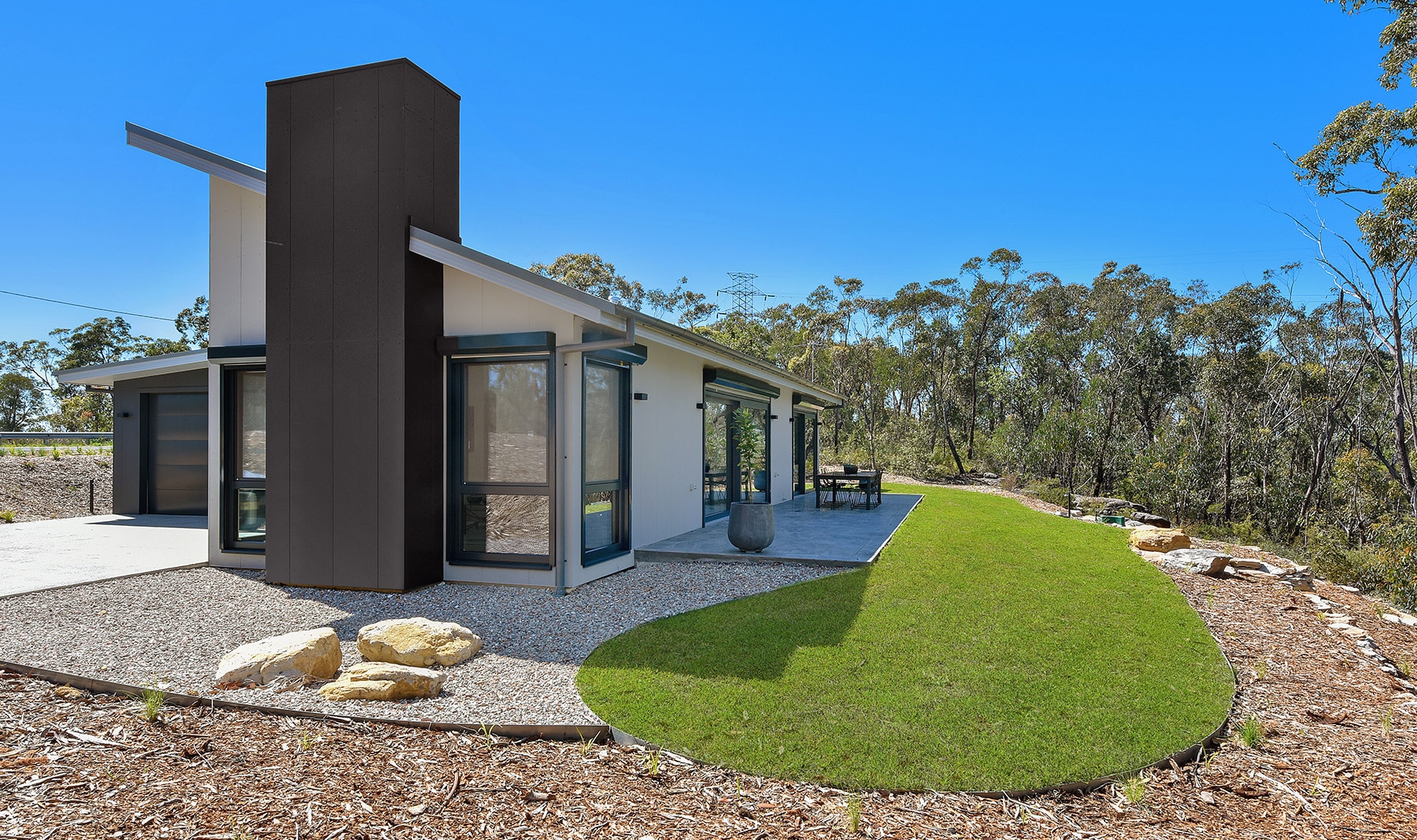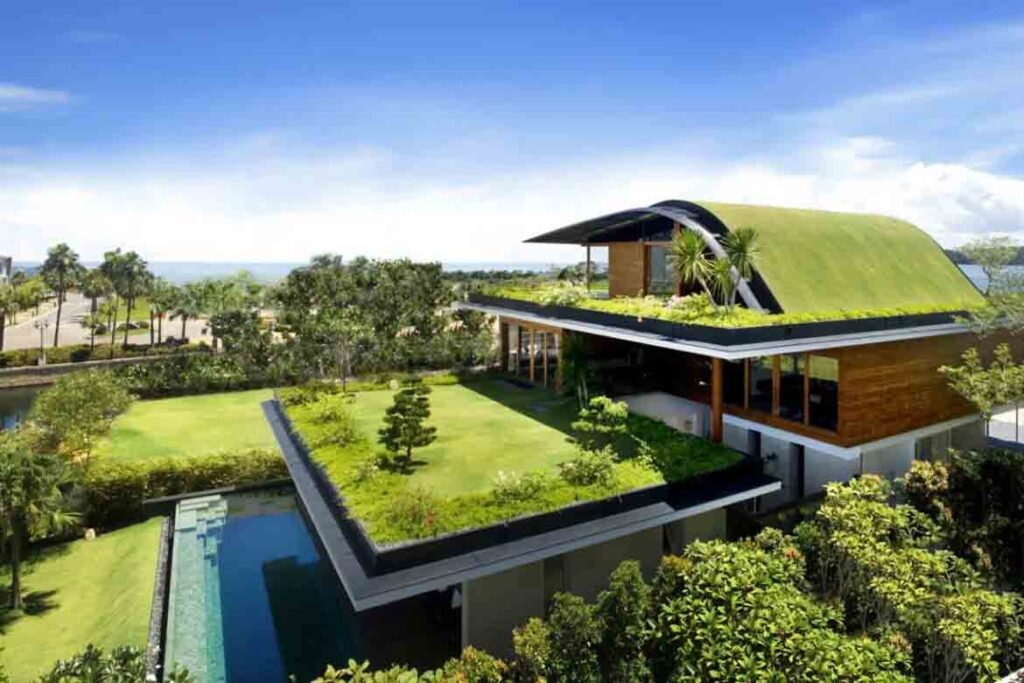
A sustainable house is fundamentally designed with the environment in mind, reducing its carbon footprint and impact on the natural world. This type of house is not just about being eco-friendly, but also about creating healthy, energy-efficient, and cost-effective spaces for its inhabitants.
The core principles of sustainable house design include energy efficiency, water conservation, the use of sustainable materials, indoor environmental quality, and waste reduction. Energy efficiency is achieved through passive methods like insulation and specified solutions like solar panels and smart home technologies.
Water conservation involves managing water resources through low-flow fixtures, rainwater harvesting, and greywater recycling. Sustainable materials like recycled, locally sourced, or renewable materials are used for durability and healthier living spaces. Indoor environmental quality is created through good ventilation, non-toxic materials, and natural light. Waste reduction is achieved through design, longevity, and composting/recycling systems.
Sustainable houses come in all shapes and sizes, reflecting the environmental ethos, unique aesthetics, and functional needs of their inhabitants. They range from tiny homes that embody minimalism and low-impact living to larger, technologically advanced properties that leverage every modern tool to achieve sustainability goals.
Sustainable House Design: Creating Eco-Friendly and Healthy Living Spaces

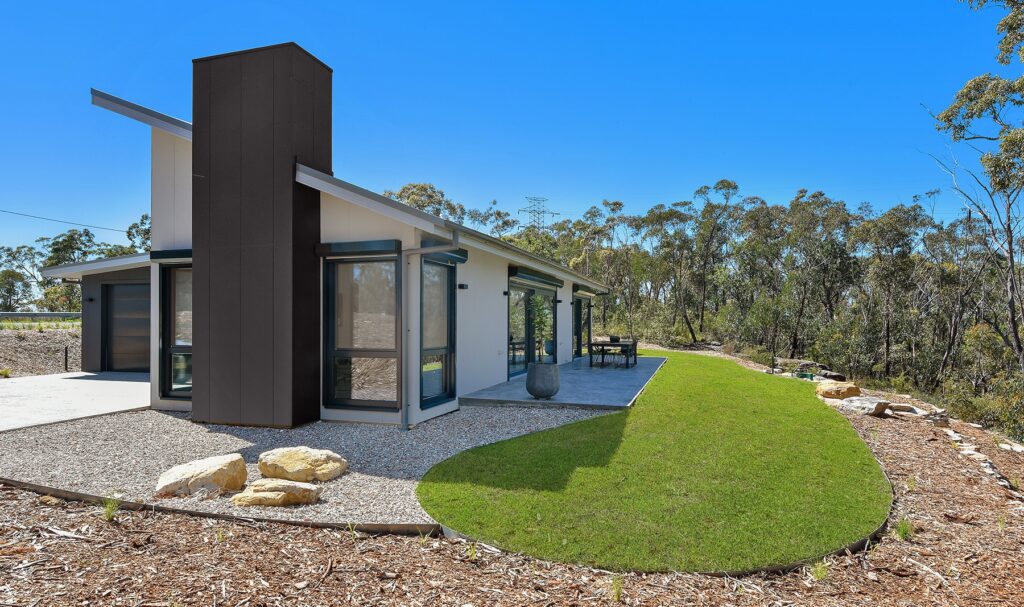
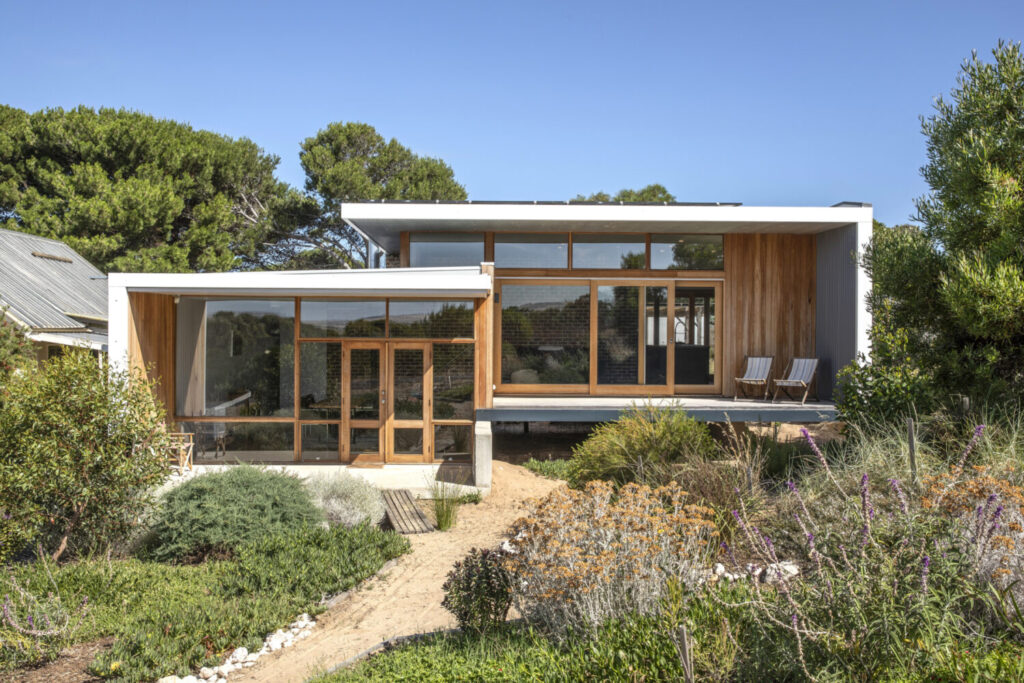
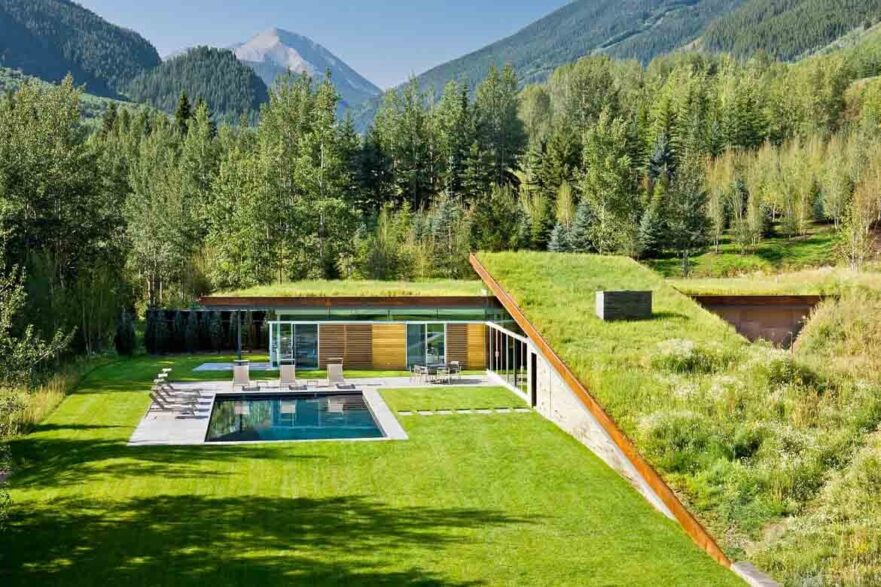
A sustainable house is designed with the environment in mind, reducing its carbon footprint and impact on the natural world. It’s not just about being eco-friendly, but also about creating healthy, energy-efficient, and cost-effective spaces.
Core Principles of Sustainable House Design
Energy Efficiency
Reducing energy consumption through passive methods like insulation and specified solutions like solar panels and smart home technologies.
Water Conservation
Managing water resources through low-flow fixtures, rainwater harvesting, and greywater recycling.
Use of Sustainable Materials
Using recycled, locally sourced, or renewable materials for durability and healthier living spaces.
Indoor Environmental Quality
Creating healthy interiors through good ventilation, non-toxic materials, and natural light.
Waste Reduction
Minimizing waste through design, longevity, and composting/recycling systems.
Sustainable Houses in Practice
Sustainable houses come in all shapes and sizes, reflecting environmental ethos, unique aesthetics, and functional needs.
Benefits of Going Sustainable
Economical
Lower utility bills and potential tax incentives.
Health Benefits
Better air quality and natural lighting.
Higher Resale Value
Modern features and energy efficiency make sustainable houses attractive investments.
The Role of Technology
Technological advancements like solar panels, smart thermostats, and innovative insulation materials make sustainable houses more accessible and effective.

